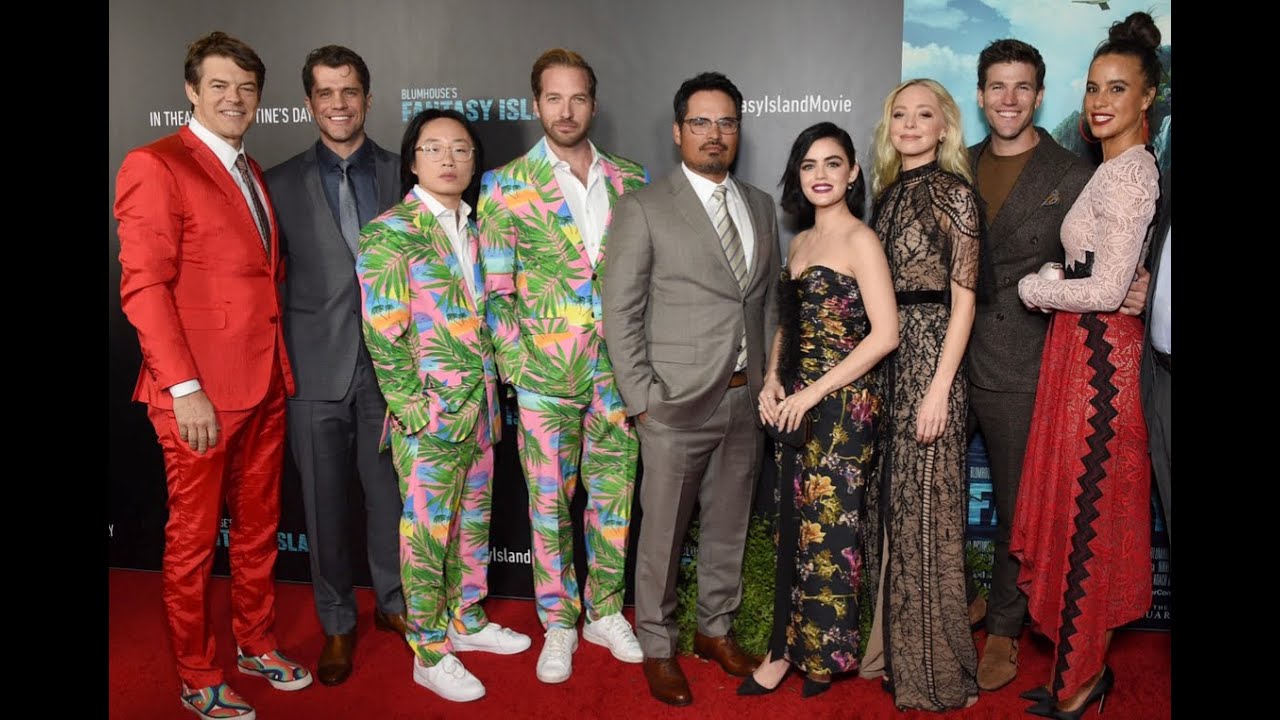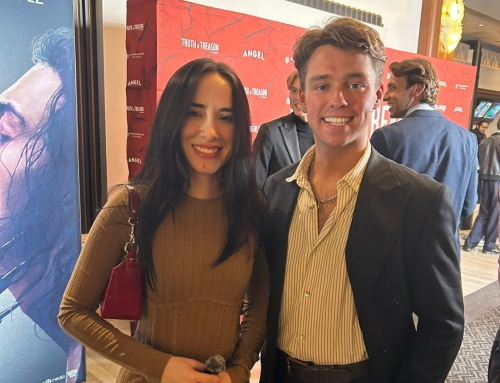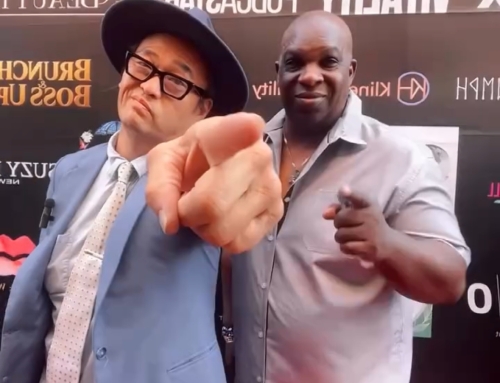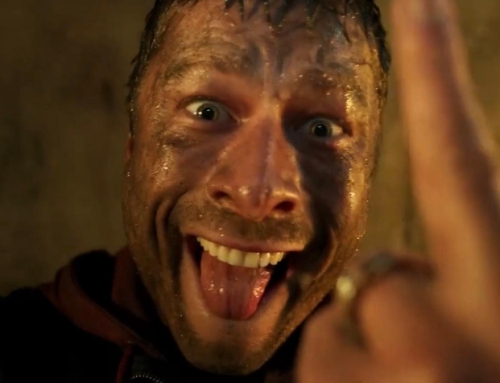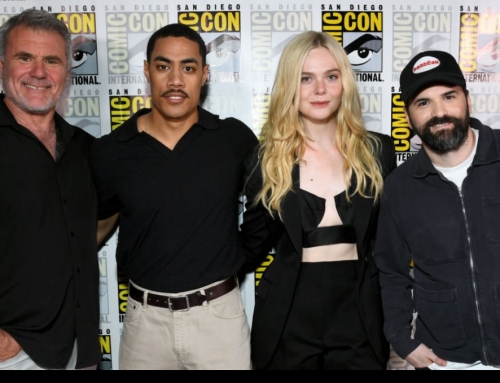We all have our fantasies. Maybe we picture ourselves on a beautiful tropical island where anything is possible. Or to live out a life we never quite got the chance to experience. Or to make something right that we regret from our past. Or maybe it’s something darker… something we’d never act out in real life but can only imagine making real.
Be careful what you wish for. In Blumhouse’s Fantasy Island, any fantasy could come true… but fantasies come with a price.
At the center of the movie is the enigmatic Mr. Roarke, the white-suited steward of an island where fantasies come to life. He has welcomed the island’s guests, all with distinct fantasies, to come to the island where they will live out their dreams, but also with the promise and the warning: the results may not be what was intended.
“It’s the ultimate wish-fulfillment movie,” says producer Jason Blum, whose Blumhouse label has brought horror fans some of the top movies in the genre. “The idea of going to a magical place where all of your fantasies come true – and things go very wrong – that’s very ripe for a thriller.”
For Blum, the movie fits squarely into the Blumhouse oeuvre. “The reason this is a Blumhouse film is that we try to focus on character and drama and story – anything scary is organic to the storytelling and to the dramatic arcs of the characters. When fans go to see Blumhouse’s Fantasy Island, they’re going to see this situation that – except for the island where wishes come true – feels very grounded, it feels very real. And because of that, it feels much scarier.”
The project originated as producer Marc Toberoff obtained the film rights from Gene Levitt, the creator of the iconic television series, setting up a potential movie at Columbia with the pitch “be careful what you wish for.” Later, co-writer/director/producer
Jeff Wadlow, who had helmed Blumhouse’s hit Truth or Dare, indicated to Blum that he had an idea for a supernatural thriller inspired by ‘Fantasy Island.’ “Jeff’s idea seemed really exciting to me,” says Blum. “I love working with existing IP and reinventing it, and there seemed like a great opportunity with this film to do just that.”
No wonder that it seemed like a great idea. The original television series, which was created by Gene Levitt and starred Ricardo Montalbán as Mr. Roarke, ran for seven seasons and became iconic, entering the culture to such a degree that even audiences who haven’t seen the show have a sense of it. So Blum was a huge believer in Wadlow’s idea – and if you’re going to do a project inspired by “Fantasy Island,” why not see if you can actually work with the real deal? The producer approached the rightsholder, Sony Pictures, to see what was possible. “A month after I mentioned it to him, Jason called me up and said, ‘So you like “Fantasy Island?”’ ‘Well, yeah, who doesn’t.’ And he asked, ‘You wanna make a movie version of it?’ ‘Is that possible?’ ‘Yeah, I got the rights.’ So I responded, “Hell, yeah!” And we were off to the races.”
Wadlow says that the idea came naturally to him because the themes were always present in the material. “I loved the dark magical realism of the original show,” he says. “It dealt with real emotions and real characters, but manifested them in a surreal way that always had a little bit of an edge, a little bit of bite. They always seemed to embrace the notion of wish fulfillment at a terrible price and presented it in a unique fashion every week.”
For Wadlow, the fact that younger audiences might not be so familiar with the original show was part of its appeal. “To me, that’s exactly the kind of IP that we should be remaking,” he says. “If you have a great piece of IP that isn’t as present in the popular consciousness as it used to be, that’s the moment to reintroduce it and to spin it with a new take on it, so that you’re both engaging the fans that do remember it but also offering it up to a whole new generation that might not be familiar with it.”
As Wadlow and his writing partners, Chris Roach and Jillian Jacobs, began to plot out what they wanted the movie to be, the first step (natch) was to start fantasizing. “One of the first things we did was just to list the kind of fantasies you would expect – sure, we had the deep, emotional ones, but we also had the fun, superficial fantasies. And we kept in mind that the fantasies were going to be realized, but they were never going to come to fruition exactly the way that you expected. In fact, we made a point of telling the guests and the audience that up front – so we’re not trying to trick anybody in that respect.”
It was also important to Wadlow to offer several nods to the original – Mr. Roarke’s white suit a good example – but also structural points. “The film begins with a plane arriving. I think that’s really important,” he says. “During development, it was suggested that maybe we should meet the guests at home, before they leave, and I said, ‘No, the first time we see them is when they get off the plane, just like the show.’ That’s not about being slavish to the original; there’s a certain elegance to that – we only meet them when they show up on the island.”
Another structural choice Wadlow transferred to the feature film is the interplay of four fantasies. “For the majority of our movie, we’re tackling four different fantasies with different characters and showing you how the fantasies unfold in surprising ways, as if you are watching two episodes of the original show,” he notes. “For me, it was important to make that structure work before we altered it.”
Wadlow says that he hopes people have fun seeing the dark fantasies play out as if the audience was orchestrating the fantasies themselves. “We are presenting a narrative that has an awareness that we are intentionally putting the characters through a gauntlet, an ordeal that will force them to grow and change and experience their fantasies in a way that they weren’t expecting,” he says. “I hope that the audience enjoys that process and with a little bit of glee, watching these people learn their lesson.”


